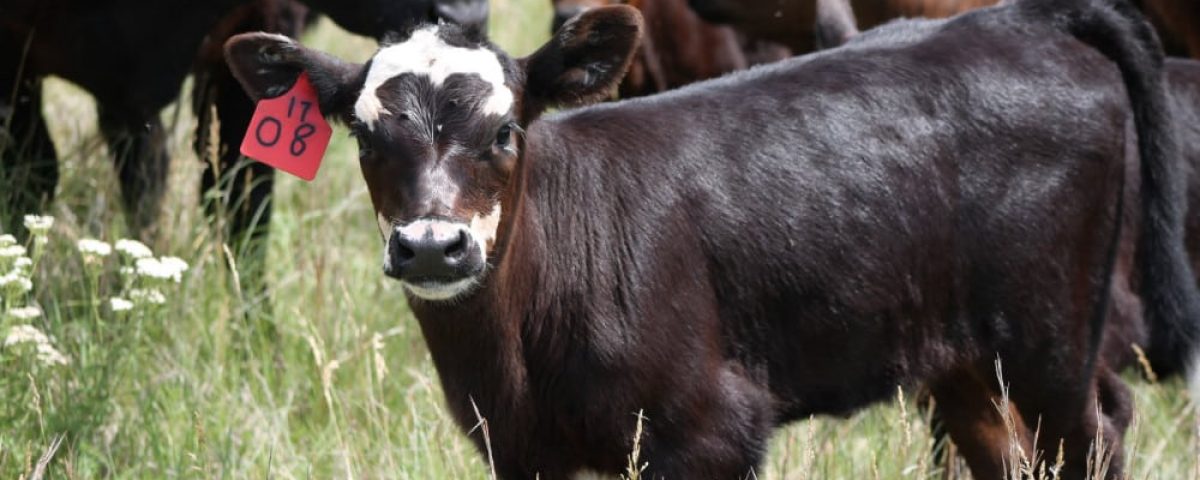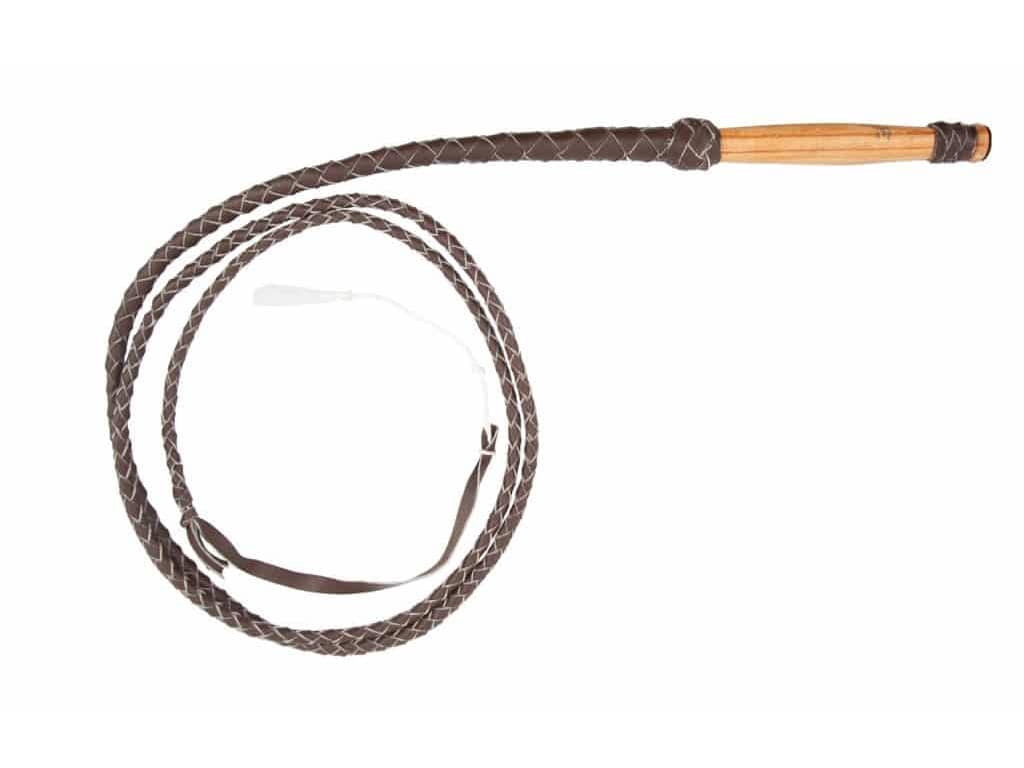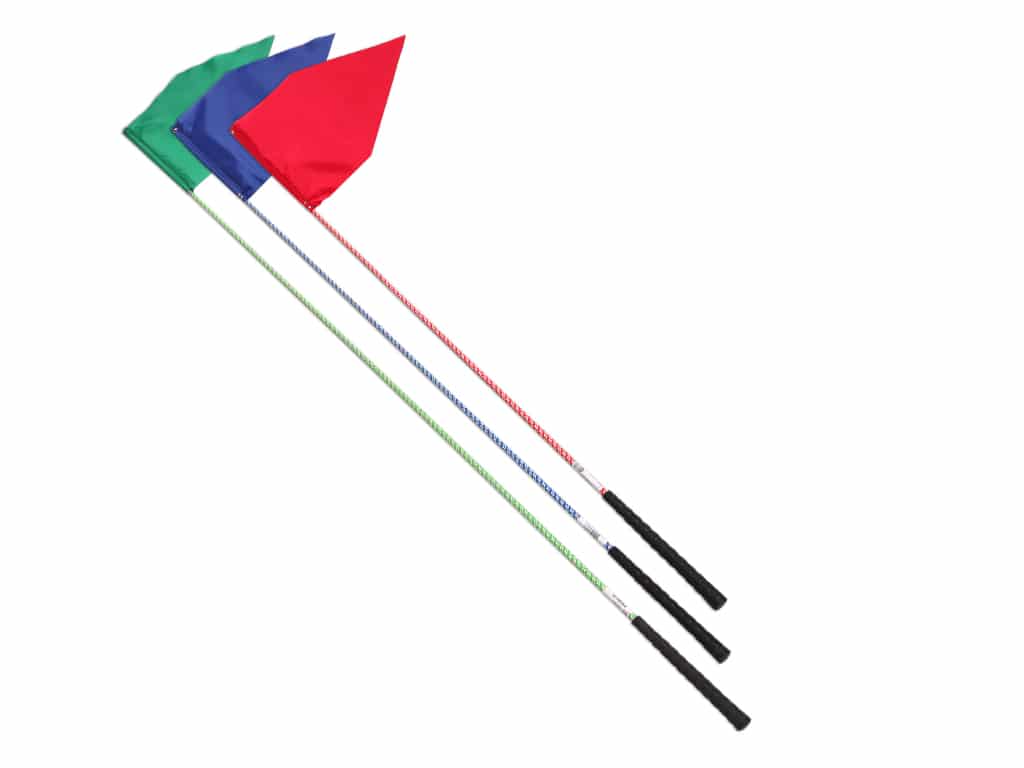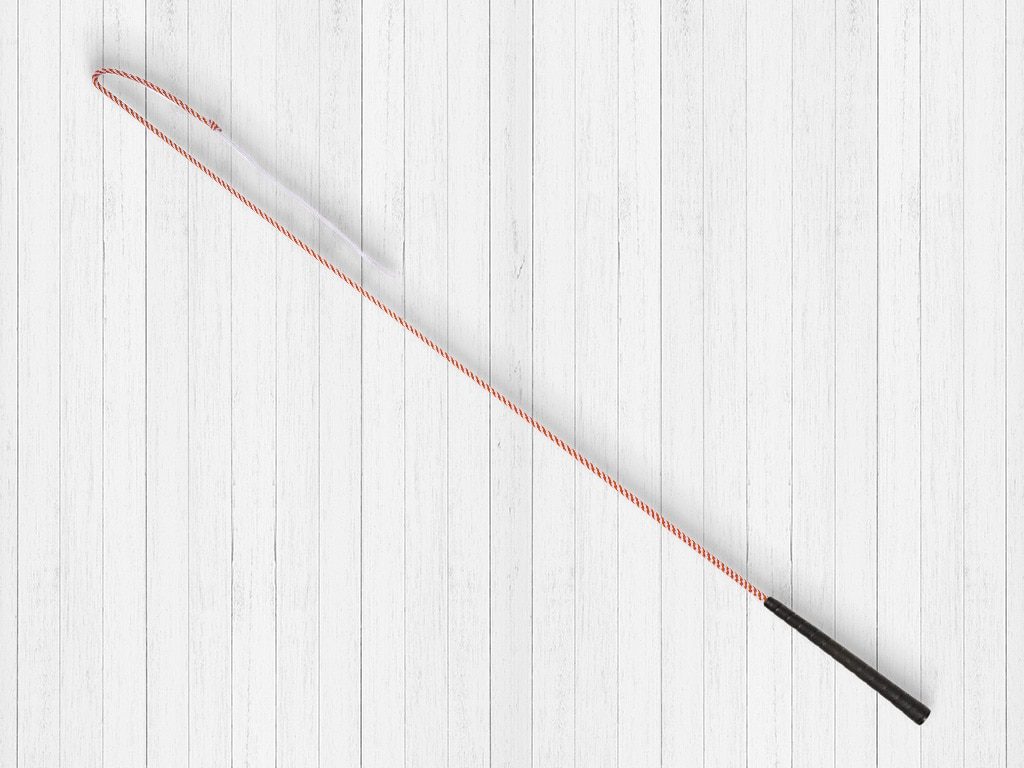Raising cows for slaughter or sale is undeniably profitable, but it’s also a delicate process. This is especially true when it comes to weaning and preparing your calves for market. Separating calves from their mothers is a very stressful experience for the calves that can lead to more than just pacing and bawling. The stress from weaning can cause your calves to lose weight, get sick, and die from cattle illnesses either during weaning or when they commingle with calves from other herds. This is why preconditioning has become such an important issue to save your calves and your profits.
What is Pre-Conditioning?
In the simplest terms, preconditioning is the process of preparing your young calves for weaning and sale in a way that will reduce sickness and death. The key is expert cattle management and a low stress-impact of your preconditioning steps.
Preconditioning cattle programs are the number one way that ranchers have found to increase profits by ensuring that their calves are better prepared for the weaning, transportation, sale, and commingling. This can be done with a combination of vaccinations, good nutrition, castration, and preparing your calves for separation from their mothers. Together, these methods can reduce the stress and health risks around the time of weaning and sale and therefore prevent massive profit loss from calf deaths.
There is no absolute procedure for pre-conditioning and most ranchers have found that there is a correct process for the profitability and health of their individual herds. You may need more or fewer vaccines, high energy feed, or find an ideal way to wean cattle but the principles of preconditioning are always the same: The better you prepare your calves for sale, the more likely they are to stay healthy, build profitable weight, and survive the process.
Timing Is Key
The most important factor of preconditioning is timing. The process of preconditioning comes with a cost so you don’t want to start too early or you will wind up spending more than necessary preparing each calf. On the other hand, your calves need to reach a certain weight, health, and independence before they are ready for sale. Because preconditioning involves several potentially high-stress steps, the right timing will be determined by the measures you take. Once your calves are eating solid food, preconditioning feeding can last anywhere from 15 to 60 days depending on the program you build.
Castration
It has been found, for example, that calves are less likely to become stressed and die after castration if you castrate them very early in life. Castration at birth ensures that the calf likely has no memory of the castration during high-stress periods later in the raising process.
Vaccinations
Vaccinations are another important feature to time carefully because they relate to weaning ranchers and stockmen need a vaccination program for calves. Just like humans, when a calf is nursing they are getting an immune system boost from their mothers. Weaning not only stresses calves to the point of becoming ill, it also removes that immune system protection. Best practices for calf vaccinations suggest an early vaccination round between one and three months old when herd stress is low. Follow this up with boosters a month before weaning to give calves time to recover from vaccinations before introducing weaning stress.
Weaning
Finally, the way you wean matters a great deal. Separating a calf abruptly from its mother is very upsetting and bad for their health. However, you can reduce stress by using a staged weaning process. Start by peacefully separating calves from their mothers. Fence-line weaning is popular and allows cows and calves to spend time together while the calf adjust to the change. Another successful approach is to use a nose flap to prevent nursing for about a week allows the calves to naturally accept that the milk is done and they will accept separation more easily.
Focus on Nutrition
Nutrition is not only important for protecting your calf from illness, it is also a key factor in profitability. Naturally, you want your calves to gain as much weight as possible during the pre-sale period which means boosting their natural grazing diet with high-energy feed that will quickly turn to more fat and meat.
Preconditioning suggests that you go above and beyond simple pasture grazing by separating your calves to feed them premium preconditioning foods that can be mixed from natural grasses bought in bales or by buying special preconditioning cow food from the feed store.
Keep Careful Records
Preconditioning is far more expensive than simply waiting until your calves are of the correct age for sale. However, the additional cattle weight and significant reduction of death-loss and illness can quickly turn this expense into a profit. The key, of course, is to make sure that you aren’t wasting a single dollar on a preconditioning method that isn’t working.
Always keep careful records of what you use, how much it cost, and the results it brings you. Track each calf individually including their reaction to the vaccines and the amount of weight they gain on your preconditioning diet. Then record how much they sold for compared to calves that were not preconditioned.
Over time, you will be able to use your records to fine-tune your preconditioning program with the best formula of energy feed and the best timing for each stage in order to optimize your profits and keep your herd healthy in the process.
Pre-Sort Before the Sale
And as our final point, preconditioning cattle programs increase overall efficiency and drives up profits. Sort out your biggest and most uniform-looking calves so that you can ask for a better price for the lot. One or two scrawny calves in an otherwise successfully preconditioned bunch can reduce your profits on the lot, as can calves that are not uniform in color. By sorting out your most profitable calves, you can sell them for a higher price and still work on standard pricing for calves that did not respond to the preconditioning or are not as uniform in appearance as the others. You can also search for local preconditioned cattle sales.
A good calf pre-conditioning program is one of the most effective ways in the industry to increase your ranching profits. By fine-tuning what is affordable and effective for your herd, you can begin counting on far more survivors, less illness, and a higher overall weight per calf by the time you’re ready to sell.






